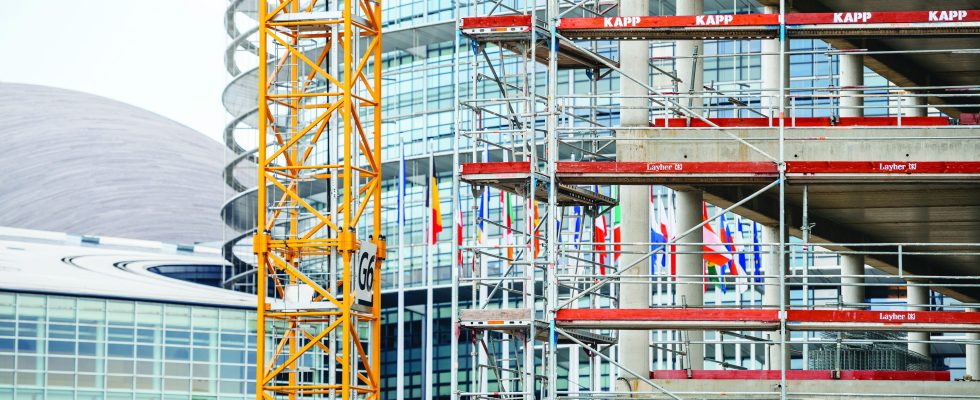Living in the city is not just about staying there. Nearly three quarters of French people work in the highly urbanized tertiary sector: office buildings, hotels, cafes, restaurants, small shops, teaching and research establishments, sports facilities or hospitals… housing in our cities? In 2018 in France, the tertiary real estate stock represented nearly 964 million square meters (m2) according to the Center for Economic Studies and Research on Energy (CEREN), i.e. 15 m² per inhabitant (compared to 12 m² in 1990) .
First place goes to offices with 221 million m2. But these data do not make it possible to assess regional disparities or the specificities of certain sectors. Still, according to ADEME, the surface of the tertiary sector continues to expand by an average of 1.4% per year. This growing place in the city could be justified by an increase in the number of workers since 31% more jobs were created in the tertiary sector (INSEE data) between 1990 and 2012. But over this same period, the area allocated to offices increased by 60%! A growth that pushes the artificialization of soils and the destruction of natural spaces, at a time when it is no longer possible to dissociate the city from its environmental impact.
The building sector as a whole represents approximately 45% of final energy consumption. Added to this is the impact of the construction and demolition of infrastructure. In total, 65% to 85% of all greenhouse gases (GHGs) are emitted at the beginning and end of a building’s life cycle.
The very use of tertiary buildings is also far from being ecological. While efforts in the residential sector have led to a reduction in CO2 emissions (-26% from 2005 to 2017), the increase in energy consumption in the tertiary sector has led to an increase in 6% of emissions. We are far from the objectives of the government’s national low-carbon strategy, launched in 2015.
At the same time, the world of work is experiencing a real upheaval: encouraged by increasingly developed digital equipment, the nomadism of employees is gaining momentum. A trend accelerated by the Covid period, which has seen telework become widespread. There is no longer any question of driving daily to outlying tertiary areas when shared spaces are springing up in the city centre. It’s also difficult to thrive in poorly designed, concrete, single-use open workplaces. Too far removed from today’s vision of work, tertiary real estate must complete its revolution.
